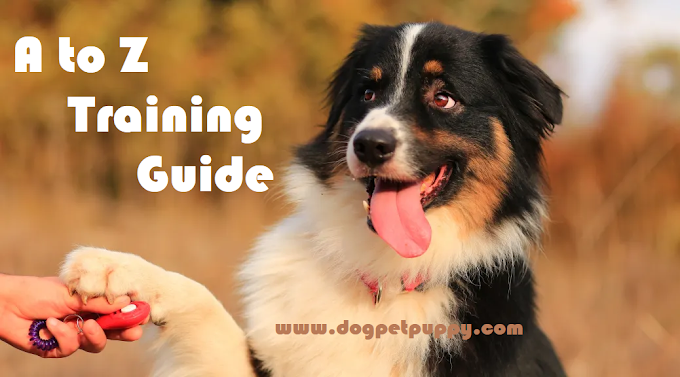Understanding Tear Stains
Tear stains are caused by excessive tear production, which can be attributed to various factors such as genetics, eye irritation, blocked tear ducts, allergies, or certain health conditions. Breeds with prominent eyes, such as Shih Tzus, Maltese, or Poodles, are more prone to tear stains. It's important to note that tear stains should not be confused with the normal tear residue that naturally occurs in dogs.
Consulting a Veterinarian
Before implementing any tear stain removal methods, it's crucial to consult your veterinarian to rule out any underlying health issues causing excessive tearing in your dog. Your vet can examine your dog's eyes, perform necessary tests, and provide guidance on the most suitable treatment options.
Effective Tear Stain Removal Techniques
Maintaining Good Eye Hygiene: Regularly clean your dog's face and eyes using a gentle, pet-safe cleanser or tear stain remover. Use a soft cloth or cotton ball soaked in the cleanser to gently wipe away the tear stains. Avoid using harsh chemicals or products that may irritate your dog's eyes.
Managing Tear Ducts: If your veterinarian determines that your dog's tear ducts are blocked or not functioning properly, they may recommend specific treatments such as tear duct flushing or surgery to improve tear drainage and reduce tear staining.
Dietary Modifications: In some cases, tear stains can be linked to dietary factors. Your vet may suggest dietary changes, such as switching to a high-quality dog food without artificial additives, fillers, or excessive food coloring. A well-balanced diet can contribute to overall eye health and reduce tear staining.
Water Quality: The quality of the water your dog drinks can also impact tear staining. Consider providing filtered or purified water to minimize the presence of minerals or additives that could contribute to tear stains.
Supplements and Additives: Certain supplements and additives may help reduce tear stains in dogs. These can include probiotics, omega-3 fatty acids, or natural tear stain removers containing ingredients like cranberry extract or colostrum.
Preventing Tear Stains
While managing tear stains is important, prevention is equally crucial. Here are a few preventive measures to consider:
- Regular grooming, including keeping the fur around the eyes trimmed to minimize contact with tears.
- Avoid using plastic food and water bowls, as they can harbor bacteria that may contribute to tear staining. Opt for stainless steel or ceramic bowls instead.
- Minimize exposure to allergens, such as pollen or dust, which can lead to eye irritation and tearing.
- Ensure your dog receives proper veterinary care, including regular eye examinations, to address any potential eye health issues promptly.
Conclusion
Tear stains can be a common concern for dog owners, but with the right approach, they can be effectively managed and reduced. Remember to consult your veterinarian for a proper diagnosis and guidance on the best tear stain removal techniques for your furry friend. By maintaining good eye hygiene, addressing underlying health issues, and implementing preventive measures, you can help your dog achieve a brighter, healthier appearance. With your commitment and care, those tear stains will be a thing of the past, allowing your beloved companion's true beauty to shine through.



